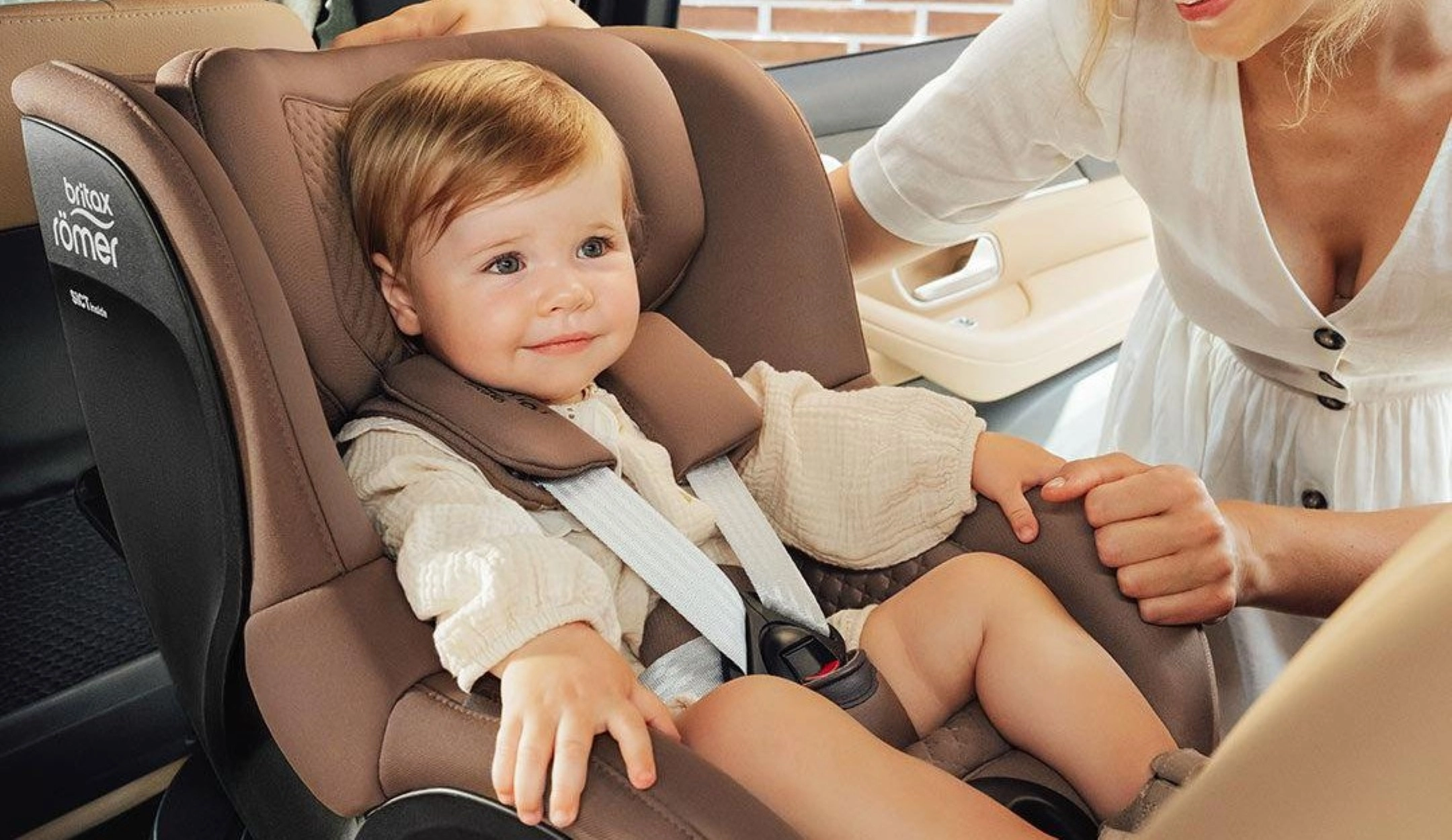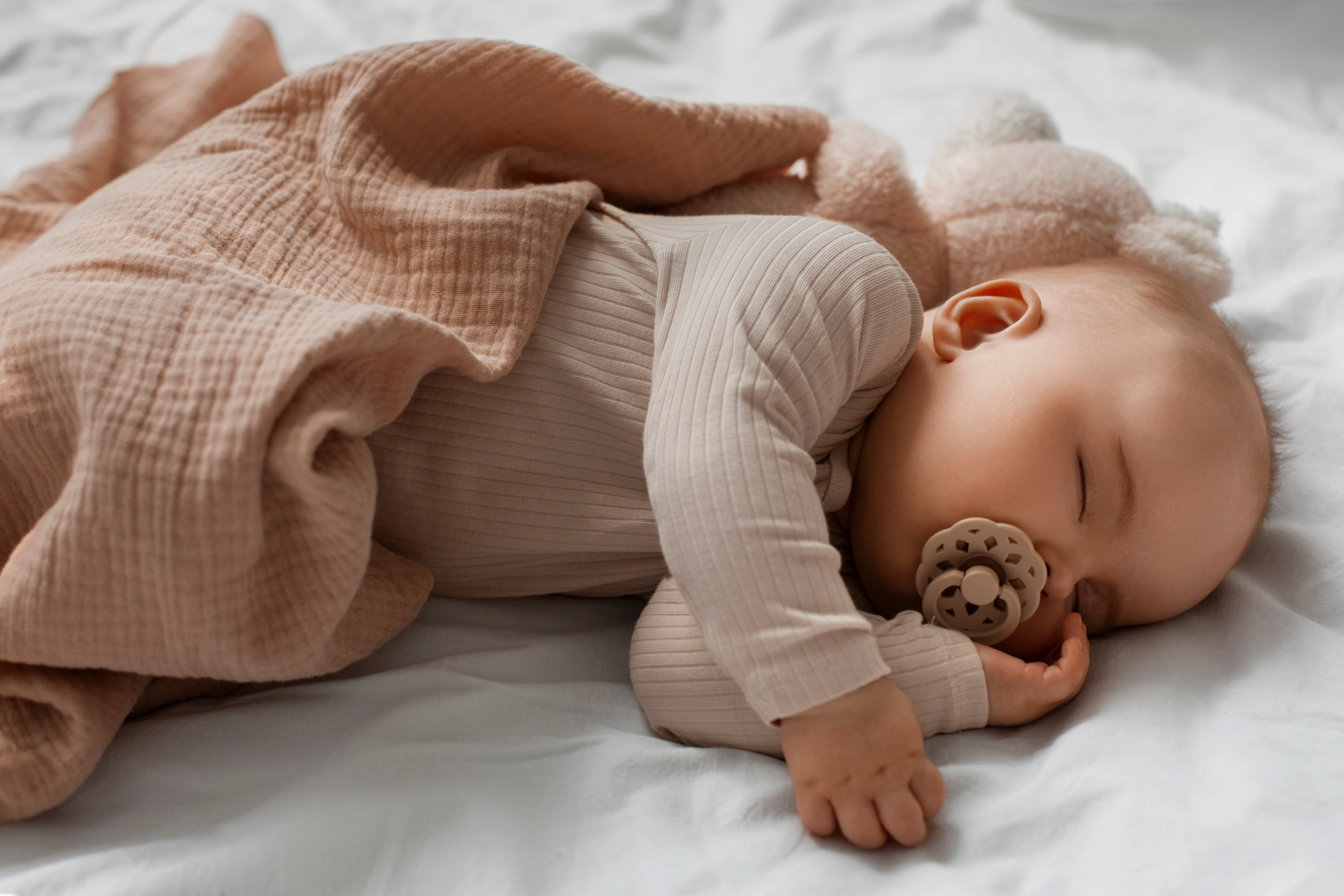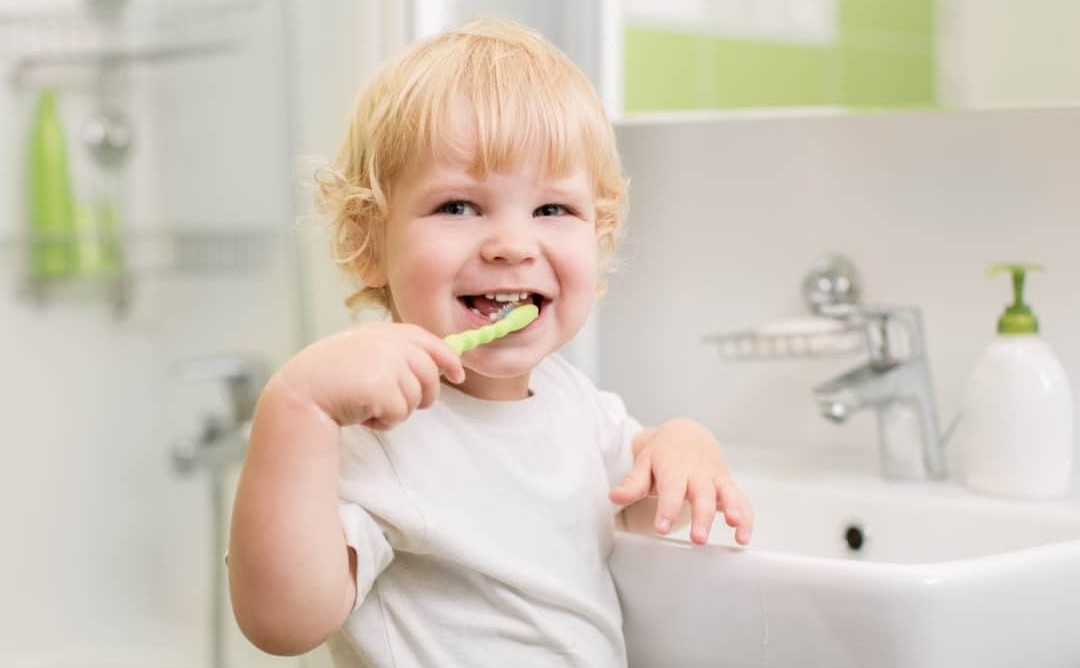How Sports Influence a Child’s Development

Habits formed in childhood shape not only a child’s physical growth but also their emotional and social development. Proper nutrition, a consistent daily routine, and a nurturing family environment lay the foundation for balanced growth—but sports occupy a uniquely important role.
Physical Development
Engaging in sports is more than just movement; it actively supports a child’s growing body. Regular physical activity helps to:
- Strengthen muscles and bones;
- Enhance flexibility and coordination;
- Learn how to use energy efficiently, reducing the risk of excess weight.
Introducing children to physical activity from an early age fosters a natural, lifelong relationship with movement.
Psychological and Emotional Benefits
The benefits of sports extend beyond the body. Children who participate in regular physical activity:
- Build self-confidence;
- Develop emotional control and resilience;
- Learn to cope with fear and stress.
Additionally, exercise improves sleep quality, uplifts mood, and equips children to handle everyday challenges with greater ease.
Social Skills
Sports and games cultivate abilities that are invaluable later in life, such as:
- Teamwork and collaboration;
- Discipline and adherence to rules;
- Respect for peers and opponents.
These skills support academic achievement, friendships, and eventually professional success.
When to Start and How to Choose a Sport?
Age and personal interest should guide the choice of activity:
- 2–4 years: swimming, dancing, running, and simple active games;
- 5–7 years: team sports (soccer, basketball), basic martial arts, gymnastics;
- 7+ years: children can begin selecting activities that resonate with them—individual or team-based.
Adults play a key role in encouragement and inspiration, but pushing children beyond their interest can be counterproductive. The goal of childhood sports should be enjoyment and health, not pressure or competition.
Introducing sports early in life helps establish a lasting habit. Children who grow up valuing movement are more likely to embrace an active lifestyle, prioritize their health, and experience daily energy and vitality well into adulthood.


